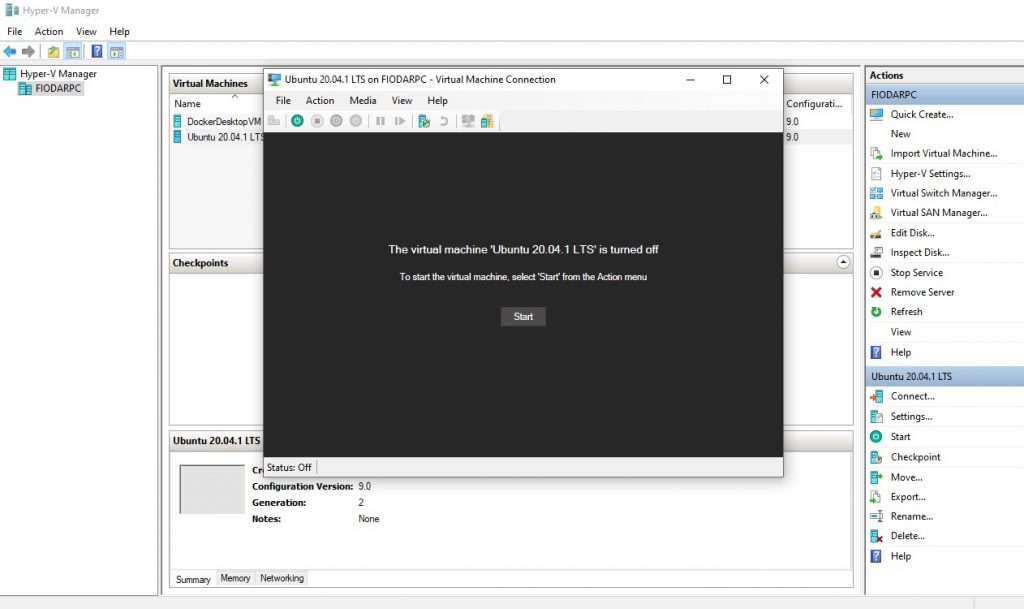A Guide To Securing .NET Aspire Apps
If you publish a web application and make it publicly accessible, you will want to make sure only authorized users can access it, unless, of course, your application is just a trivial website. Applications orchestrated by .NET Aspire are no exception. Because .NET Aspire is a platform for building complex distributed applications, chances are that […]
A Guide To Securing .NET Aspire Apps Read More »









